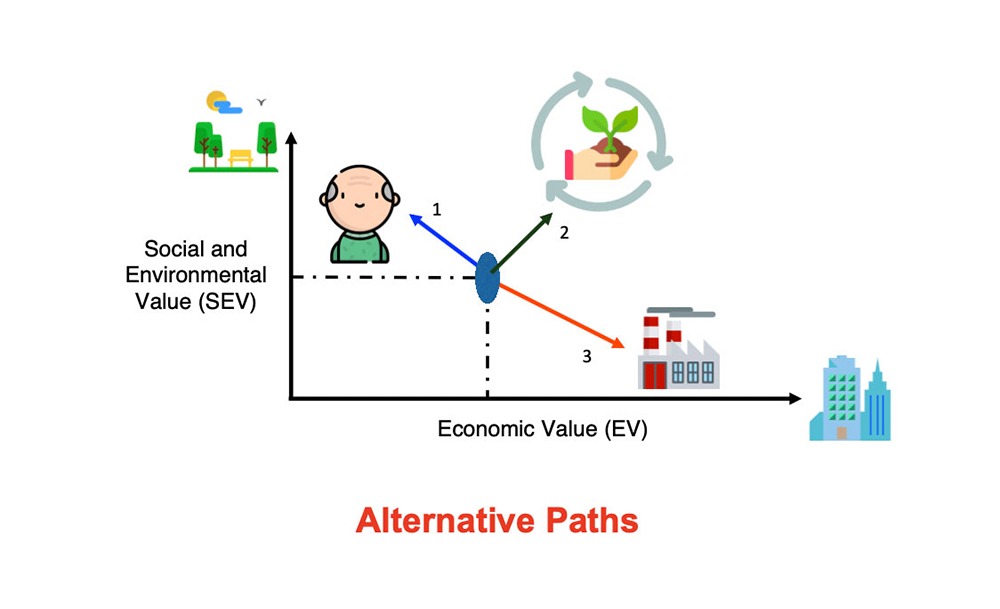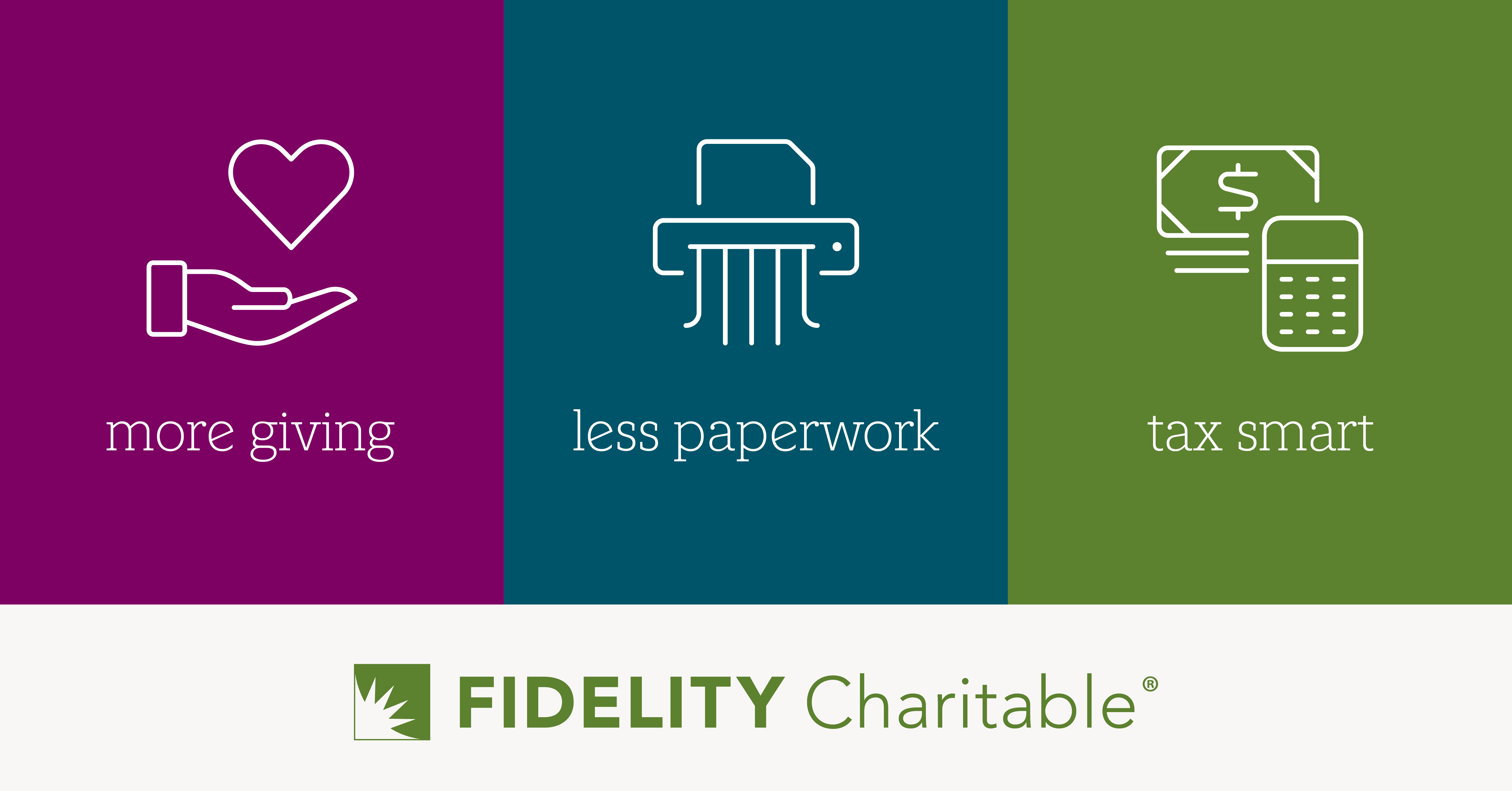Since most companies still focus primarily on the bottom line of economic return, it is not easy to direct the attention of companies towards social and environmental goals and to achieve results in these arenas. As Chadalavada states, there are barriers to go from a shareholder-centric to a stakeholder-centric perspective. It is one thing to intend to connect economic dimensions with positive social outcomes; it is another to successfully couple financial results with social and environmental contributions. Such a path is infrequent, but some businesses, such as B Corporations, consider that their economic success is an equally important outcome as social and environmental wellbeing. Therefore, to become certified as a B Corporation, one must address an important question: how much of the company’s sales derive directly from providing social and environmental benefits?
Current and future managers need to have ready-to-use tools, like the calculations that B Corporations make, in order to connect economic with social and environmental dimensions. One tool that portrays this connection highlights the meaning of social value: to improve or preserve the living conditions of those who cannot fend for themselves (vertical axis in the figure below).

The graph shows that the activities of an organization have both economic and socio-environmental components: at any given moment in time, an activity may generate, among other outcomes, jobs, technological advances, infrastructure, tax payments, and goods and services. The figure also shows a number of possibilities an organization has. Alternative 1 demonstrates the decision to expend economic value to generate increasing socio-environmental value. Different sorts of philanthropy belong in this category. In Alternative 2, socio-environmental value and economic value are jointly generated: e.g., social investments that are aligned with a company’s business allow employees to use core competencies in a given socio-environmental undertaking. In Alternative 3, economic value (EV) increases at the expense of socio-environmental value (SEV). This third path is common to those companies whose productive processes pollute or discriminate against a given social group.
The slope of each of these alternatives indicates the quantity of EV created/consumed per unit of SEV. The graph illustrates both the trade–offs that are traditionally assumed (e.g. destruction of SEV in order to generate EV, or expenditures of EV to generate SEV), as well as the possible trade–ons (e.g. the joint production of EV and SEV). The slopes also signal the distribution of value between stakeholders who are able to fend for themselves (and capture some EV) and those who need support (and benefit from SEV).
Two issues are not explicit in the previous considerations: the role of the State and private motivations. The State should do everything in its power to avoid private enrichment at the cost of society (i.e. Alternative 3). Additionally, it can promote synergies between the social and economic spheres (i.e. Alternative 2). This implies control or advocacy roles, distinct from the operational roles of the organizations behind any option. There is also a redistributive role for the State when it promotes certain alternatives that strengthen vulnerable groups.
Interests and goals are factored in through the motivation for choosing one or another initiative. On one side are philanthropic alternatives (1) and, on the other extreme, one finds maximization of economic gain without consideration for socio-economic detriment (3). Different motivations will always exist and change over time. Motivations aside, the key is to consider that any business activity will impact society and the environment; but without economic sustenance, wellbeing cannot increase.
Throughout the 20th century we have made a detrimental separation between these two realms: businesses have focused on generating EV, and nonprofit and public organizations have been dedicated to creating SEV. Only in the past few decades have we returned to consider the synergies between the social, environmental, and economic realms. If our social wellbeing and the environment have suffered from the ravages of market forces, why not turn the tables and direct these same forces towards the service of society and the environment?
When we use markets at the service of society and the environment, the discussions about goals and motivations lose relevance. If EV and SEV are created simultaneously, we need not know what is the underlying motivation behind this feat, nor is it necessary to engrave a triple bottom line in the organization’s statutes. The color of the cat does not matter as long as it hunts mice.
At any point in time, leaders of organizations may ask themselves how to increase EV and SEV. Nowadays, there is increasing evidence about the synergies between these types of values. For a company that has only considered the generation of EV, a first step is to explore how to create SV through its operations. Down the line, the question of how to integrate SV into the business strategy may be addressed. Multinationals, for example, address “bottom of the pyramid” markets and benefit from them as they seek to satisfy the needs of groups of people who have been ignored or excluded by business.
Let’s return to the challenge for those who attempt to increase the positive impact of large companies. It is relatively easy to begin by revising how a product or service may generate SEV. A second option is to explore the company’s value chain. Another step is to examine its value network: can SEV be created with suppliers and distribution allies? A fourth option is to support a social cause (e.g., campaigns for nutrition, environmental conservation, or anti-corruption), particularly around an issue close to the business core. In any of these four paths it is possible to generate SEV while generating EV.
Ambitious proposals to take care of different stakeholders are useful. However, as a society we will achieve more by being conscious of and acting on the synergies between social value and economic value creation. Not only will we all benefit from this value, but people will also find new purpose in participating in our economies.







